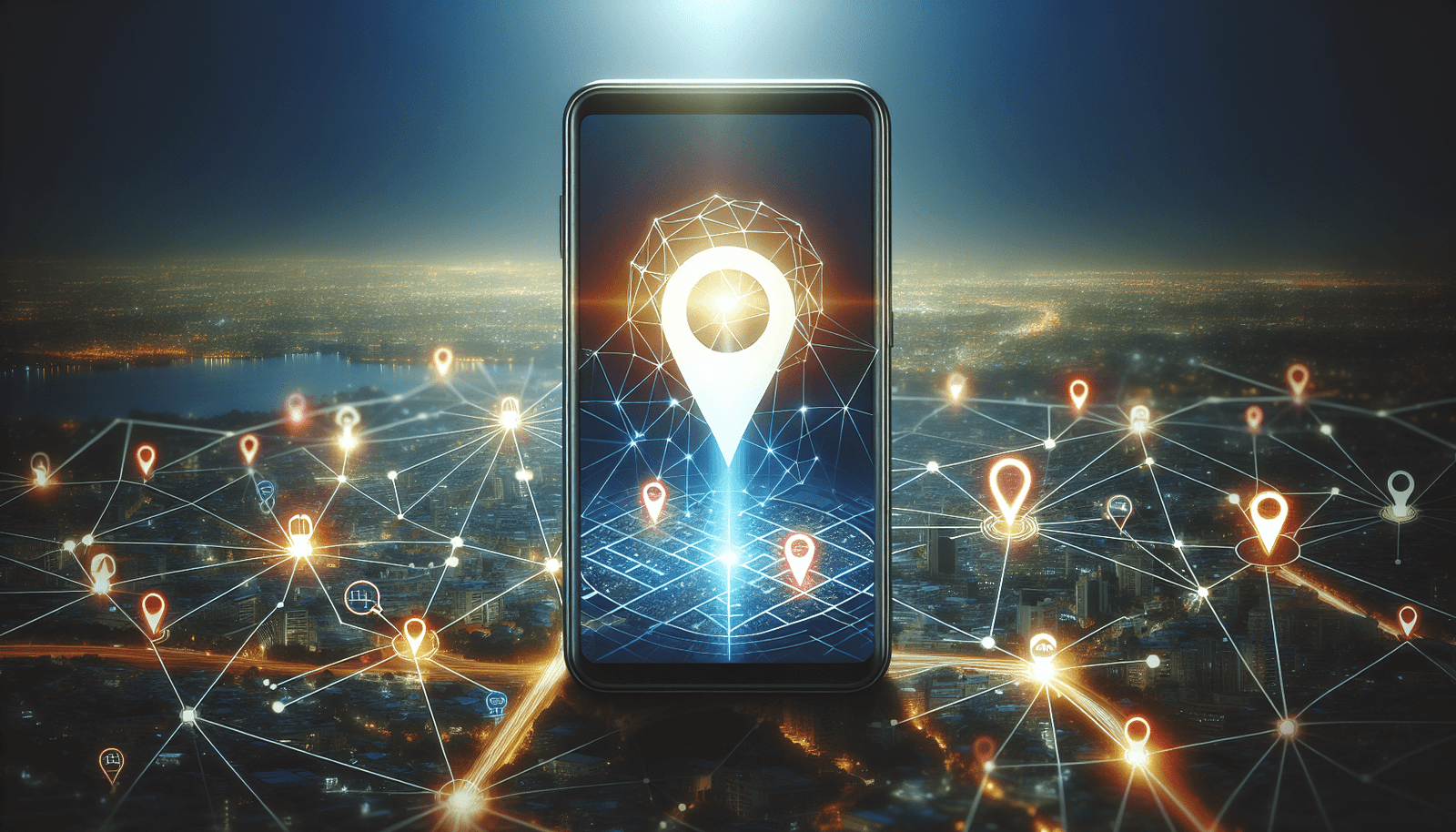Have you ever wondered who might know your location at any given moment, or if anyone can still see your browsing history after you’ve deleted it? In this digital age, our personal information, including our location, has become more accessible than ever. Understanding how this information is tracked and who might have access to it is crucial for ensuring your privacy and security.

This image is property of images.unsplash.com.
Understanding Location Tracking
Location tracking is an integral part of many digital services today. From navigation apps that help you find the fastest route home to social media platforms that allow you to check in at your favorite restaurant, location data facilitates numerous features that make our lives more convenient.
How Does Location Tracking Work?
Location tracking typically utilizes GPS (Global Positioning System), Wi-Fi networks, cell towers, and Bluetooth to pinpoint your exact position. When you enable location services on your smartphone or any app, you are allowing these technologies to communicate with satellites and network towers to determine where you are.
Why Do Apps Request Your Location?
Apps often request access to your location to enhance functionality and improve your experience. For instance, weather apps use your location to provide accurate forecasts, while shopping apps may offer deals and coupons specific to your area. Though these features are beneficial, it’s important to know which apps have this access and how they use the data.
Can Anyone See My Location?
The short answer is potentially, yes. Several entities might have access to your location data, depending on how you’ve configured your device and app settings.
Who Might Have Access?
- Service Providers: Your mobile network provider can track your location as your phone regularly communicates with cell towers to maintain service.
- App Developers: Any app with location permissions can access your location whenever it’s active.
- Advertisers: By using apps and services with location-based permissions, you may also allow advertisers to access your location data for targeted advertising.
- Hackers: If your device is vulnerable or if you’ve installed malicious apps, hackers could potentially access your location data.

This image is property of images.unsplash.com.
Managing Your Location Privacy
Understanding who might access your location is a start, but managing your privacy involves taking actionable steps.
Customizing Your Location Settings
Most devices allow you to control which apps have access to your location data:
-
iOS Devices: Go to Settings > Privacy > Location Services. Here, you can turn off Location Services entirely or select which apps can use your location.
-
Android Devices: Navigate to Settings > Location. You can turn off location access and manage permissions for individual apps.
Using VPNs and Privacy Tools
Virtual Private Networks (VPNs) can mask your location by rerouting your internet connection through a server in a different location. While they primarily help with online privacy, they don’t prevent GPS-based location tracking. Apps like Firefox Focus and DuckDuckGo can enhance your browser privacy by blocking trackers.

This image is property of images.unsplash.com.
Deleting Your Browsing History: Is It Truly Gone?
When it comes to online privacy, deleting your browsing history might seem like a viable solution to keep your past activity to yourself. However, this action might not erase all traces of your activity.
What Happens When You Delete Your History?
Deleting your browsing history removes the list of websites you’ve visited from your device. However, the data might still be stored elsewhere:
-
Browser Data: Your browser may still store data in hidden files or as cookies unless explicitly deleted.
-
Service Providers: Your internet service provider may record your browsing activity, regardless of your local history.
-
Remote Servers: Websites and search engines often record your activity on their servers.
Steps to Truly Clean Your Tracks
If you want to ensure that your browsing history is completely erased, consider the following:
-
Clear Cookies and Cache: Regularly clear your browser’s cookies and cache to avoid leaving traces.
-
Incorporate InPrivate Browsing: Use private browsing modes such as Chrome’s Incognito or Safari’s Private Browsing, which don’t save history or cookies.
-
Data Erasing Software: Use third-party tools like CCleaner for comprehensive data cleaning, ensuring no traces are left behind.

Balancing Convenience and Privacy
Modern technology offers a great balance of convenience and customization, but it also requires vigilance and awareness to protect your privacy.
Making Informed Decisions
Every time you agree to share your location or other personal data with an app or service, weigh the benefits against potential privacy risks. Consider whether the service’s convenience outweighs any privacy concerns.
Educating Yourself and Staying Updated
The digital landscape is always evolving, and new privacy challenges emerge regularly. Keeping yourself informed about the latest developments, technologies, and tools will help you protect your privacy more effectively.

Conclusion
In our interconnected world, location tracking and online history management are pivotal aspects of maintaining your digital privacy. By understanding how location services work, who might have access to your data, and the steps you can take to manage your privacy, you can navigate these digital landscapes more securely. It’s all about taking control of your information and making informed decisions to ensure that only those you trust have access to your personal data, including your location. Always remember: your privacy is in your hands.

